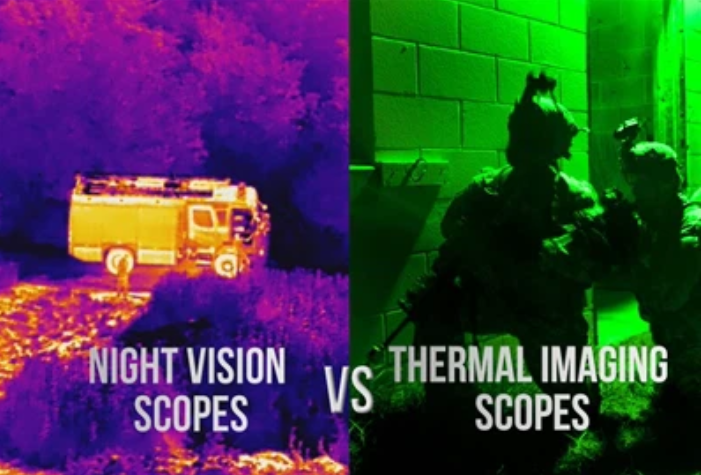Introduction
In the realm of night vision technology, both infrared night vision devices and low-light night vision devices play crucial roles in providing enhanced visibility in low-light and nighttime conditions. Understanding the distinctions between these two types of night vision devices, including their applications, pricing, and usage conditions, is essential for selecting the most suitable equipment for specific operational requirements.
Technology and Operation

Infrared night vision devices rely on thermal imaging technology to detect heat signatures and produce images based on temperature differentials, allowing for effective target acquisition in complete darkness. Conversely, low-light night vision devices amplify ambient light to provide visibility in low-light conditions, offering a monochrome or color image depending on the device's specifications.
Applications and Scenarios
Infrared night vision devices are particularly effective in scenarios where targets need to be detected in complete darkness or through camouflage, making them valuable for military, law enforcement, and hunting applications. Low-light night vision devices excel in providing visibility in moonlit or starlit environments, urban settings, and other low-light conditions where ambient light is available.
Price and Affordability
Infrared night vision devices typically come with a higher price tag due to the advanced thermal imaging technology and materials involved in their construction. The cost of low-light night vision devices may vary depending on the generation of the device, with newer generations offering improved performance at a higher price point, while older generations may be more affordable.
Environmental Considerations
Infrared night vision devices are effective in various environmental conditions, including fog, smoke, and complete darkness, as they rely on heat signatures rather than ambient light. Low-light night vision devices perform well in environments with low levels of ambient light, such as urban areas, forests, and open fields, where moonlight or starlight provides some illumination.




